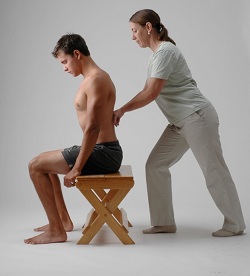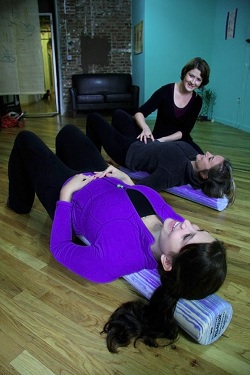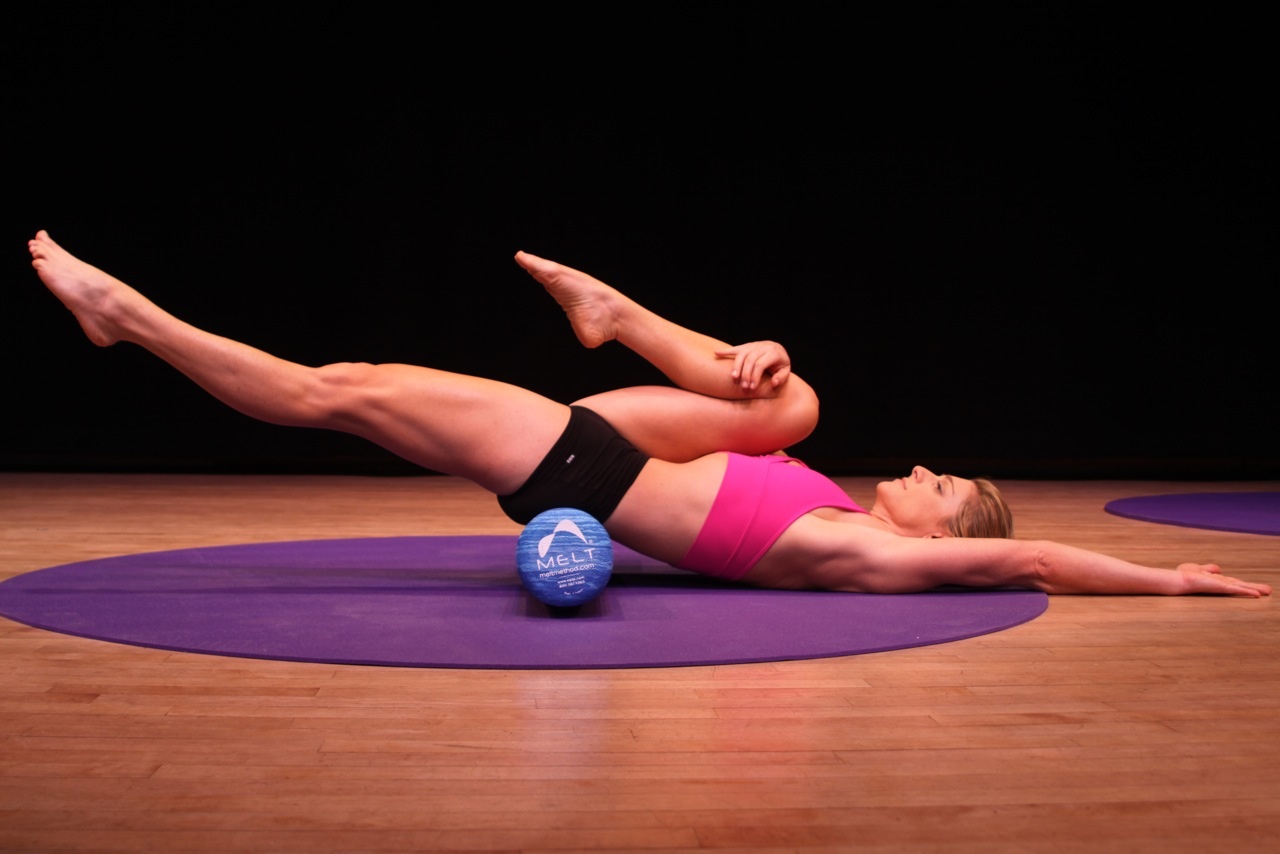
Dr. Jack R. Giangiulio, D.C.
Giangiulio, also known as the “dance injury doctor”, has developed Dance Specific Rehabilitation Programs. These are focused on such elements as turn-out training and foot control training, that aim to “reconnect the dancer’s body with the lost lines and techniques,” he says.
“When injuries occur during performances, I even work with the artistic director to change the choreography so the injured dancer may still dance, especially if there is no understudy,” says Giangiulio.
When needed, Giangiulio recommends that dancers visit a chiropractor before a class or rehearsal. Since adjustments re-establish the dancer’s center, however, he says dancers must be used to getting adjusted or else they will feel “off”.
Chiropractic sessions may range from $30 to $150 per visit, depending on locale and whether or not exams are required. Scope around, though, because some doctors may cut dancers a break. Giangiulio, for instance, offers discounts to dancers and their families. He charges $45 for an adjustment and only $50 for a complicated visit.
Rolfing® Structural Integration
“You know how when you get in a car accident, bend the frame on your car and have to take it to the autobody shop to get it straightened out? That’s what Rolfing® practitioners do for the human body,” says Carole LaRochelle, a certified Rolfer™ who also has a background in jazz, tap, ballet and salsa.

A Rolfer™ with a client seated in 'gravity'. Photo courtesy of Carole LaRochelle
Rolfing® Structural Integration, named after its founder, Dr. Ida P. Rolf, isn’t a type of massage therapy. Rather, it is a structural approach designed to improve the body’s structure and alignment. Rolfing® SI taps into the body’s fascia, the connective tissue that envelopes and supports the muscles. The method’s practitioners use skillful hands-on techniques and physical manipulation to free up restrictions in the fascia that come with time, injuries and old habits such as slouching.
For dancers, Rolfing® SI may be especially beneficial because it can “help them sort out their particular skeletal limitations and help them find neutral for their own body instead of trying to force turn in, turn out or whatever their particular form of dance sees as desirable,” LaRochelle says.
It will also give dancers, who already have much body awareness, an even greater sense of their structure so they can work intelligently to avoid injury. Rolfing® SI can also improve balance and range of motion, as well as dramatically alter posture.
Rolfing® SI is not a one-time thing; it’s designed as a 10-session series. “That is the framework for providing a major overhaul of your body,” LaRochelle says. She suggests seeing a Rolfer™ before ballet class on the same day, but not necessarily before a performance. During an intense performance season, LaRochelle says that Rolfing® SI sessions should be geared more toward maintenance and injury recovery.
Most Rolfers™ charge $100 to $200 per session, but some practitioners may offer a discount for a series of sessions paid in advance.
MELT Method®
MELT Method® is a bodywork technique that’s portable and time- and cost-efficient. MELT (Myofascial Energetic Length Technique) is a self-treatment system that uses equipment like soft foam rollers and small balls to lengthen and rehydrate connective tissue and balance the nervous system.

Zoe Bowick Levine, certified personal trainer and dancer, leading a MELT class. Photo by Justine Cooper
“It’s like getting all the benefits of a great massage, yet it lasts longer and comes at a fraction of the cost,” says Sue Hitzmann, an exercise physiologist who created the MELT Method. “Not to mention you can do it at home in minutes a day.”
One of MELT’s major goals is longevity, so Hitzmann suggests that dancers MELT “if you want to dance well into your older years. It decreases the risk of injury and improves the potential to have a long career.”
Once familiar with MELT techniques, people can MELT their entire body or focus on a particular area, such as feet or even hands. “[MELT] empowers people to take more control over their own body and to learn about their own body,” says Zoe Bowick Levine, a dancer and personal trainer who teaches MELT in New York. “The idea is to go to classes or intensive workshops, learn the tools and start applying them right away.”
“When you first start, it’s best to MELT after you dance so you can reduce all the accumulated stress you put on your body,” Hitzmann says. “You can do it anytime of day and on days off.” Hitzmann adds that some of the techniques may be done pre-performance as they “help with the accuracy of toe point, leg extension and the upper body stability needed for lifts.”
A MELT class may cost $10 to $150 (group to private), depending on instructor and region. Dancers can also purchase MELT equipment – rollers and balls – for $30 to $40 and MELT on their own.
Feldenkrais Method®
Habits are easy to fall into; however, they are often inefficient movements that can result in repetitive injury. The Feldenkrais Method® is a functional approach that uses slow and gentle movement to focus on the brain’s ability to learn and adapt. Thus, this technique can lead to self-education, an understanding of one’s own body/mind relatedness.
Accomplished in either group classes called Awareness Through Movement®, where a trained practitioner offers verbal movement directions, or in private one-on-one hands-on Functional Integration®, where the practitioner guides the movement with gentle touching, Feldenkrais® gets the body and brain to change unhealthy patterns and execute movement more efficiently. In either situation, the goal is to eliminate excess movement.
Peff Modelski, a Guild Certified Feldenkrais Practitioner® and master ballet teacher based in Chicago, says she has “full respect for Feldenkrais® for self-regulation. Because dancers should be trained to notice every detail of every movement, the Feldenkrais Method® enhances their ability to notice when they are using ineffective movement patterns or to troubleshoot difficulties in movement or recovery from injury.”
Since this form of retraining the body is done so gently and calmly, Modelski says dancers can use Feldenkrais® at any time – before or after class, rehearsal or performance and on days off. The cost of each session may range from $15 to $100, depending on region and whether it’s a group ATM class or one-on-one with a Feldenkrais Practitioner®.
Any and all of these bodywork techniques can contribute to a longer, healthier dance career…and life!
Top photo: Sue Hitzmann, creator of the MELT Method, doing MELT. Photo by Brian Leighton















